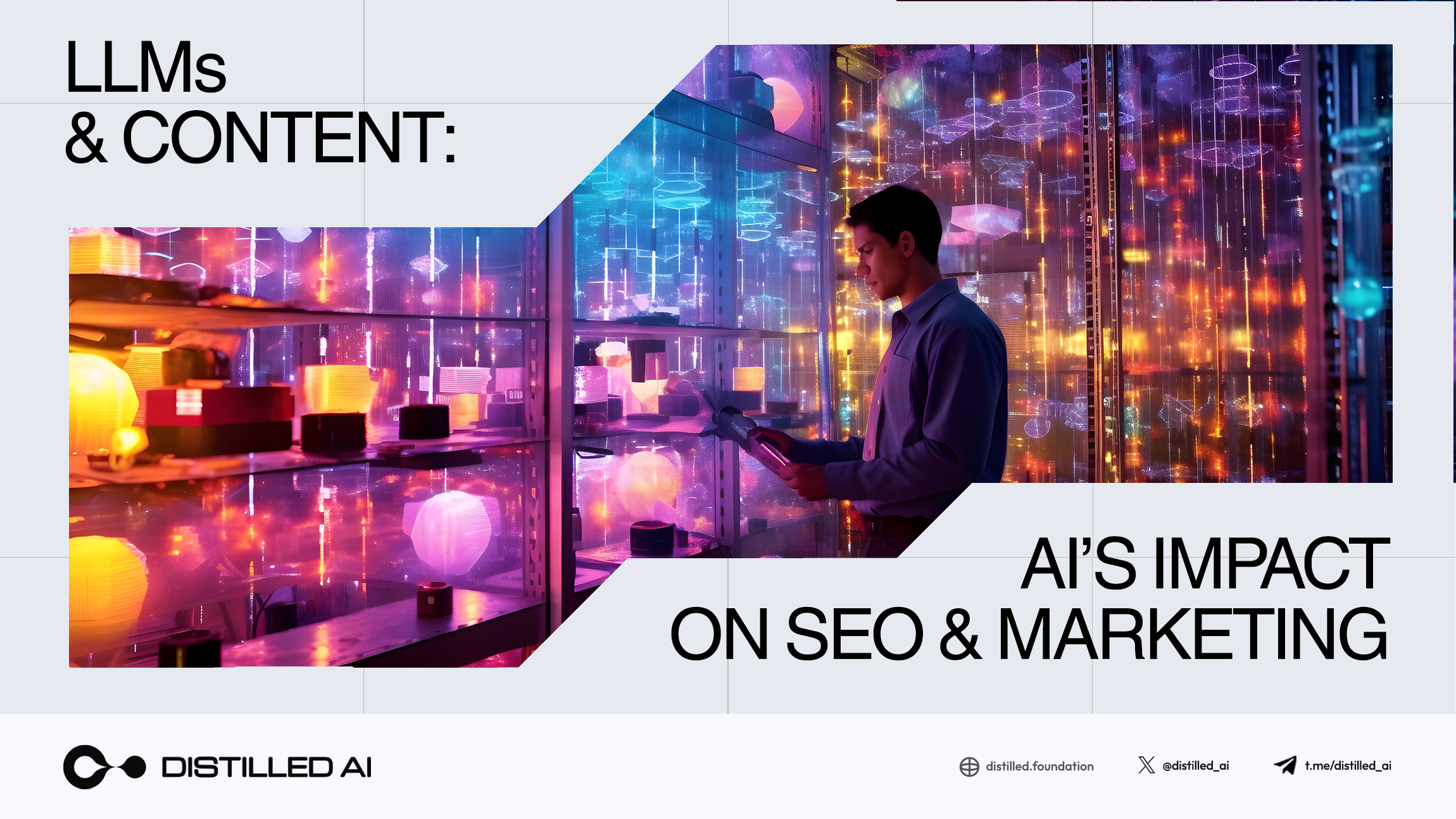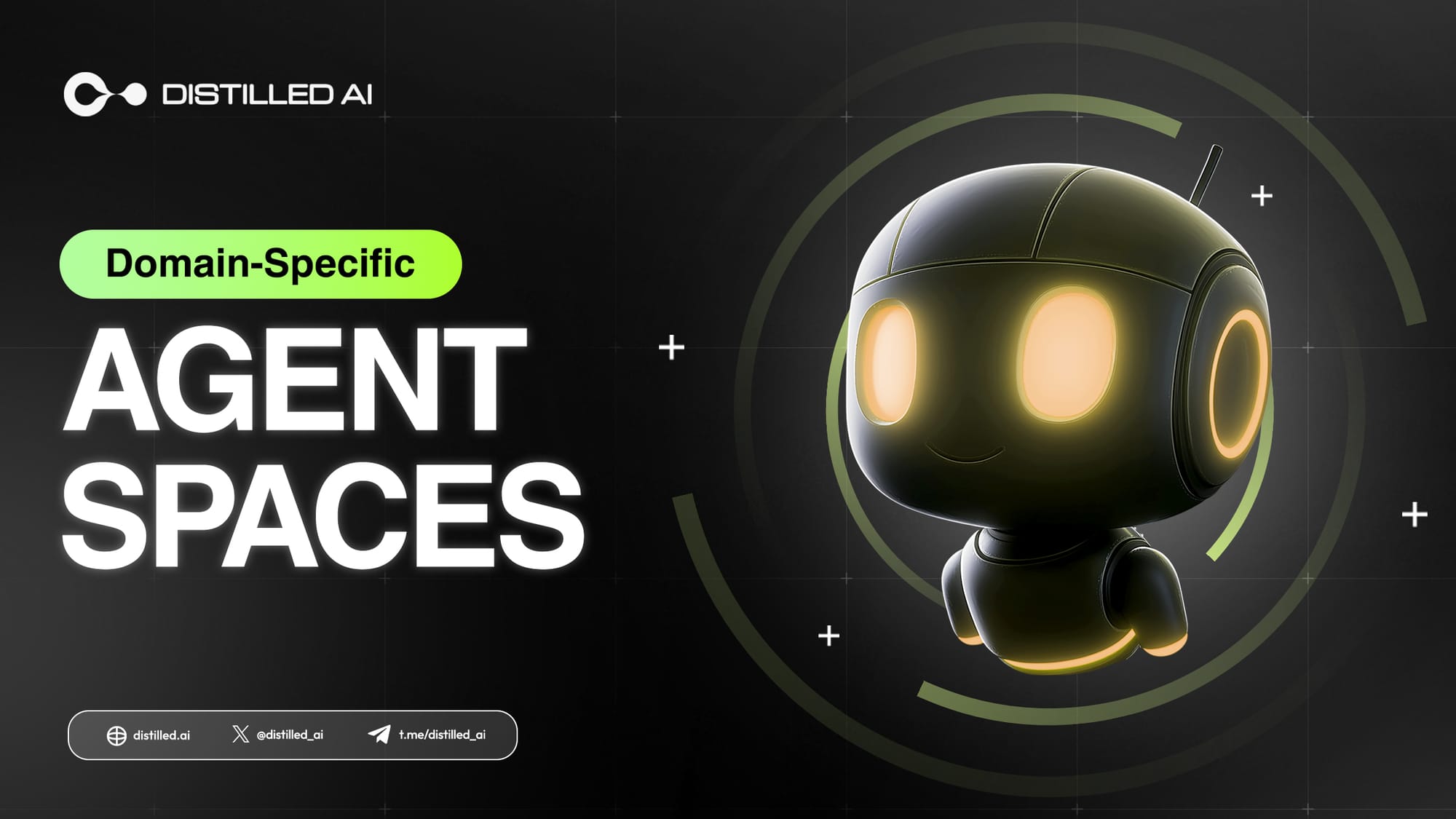- Our AI Agents
- About us
- Blog
- DeveloperComing soon
- Docs
- Enter MESH App
 Back
Back
LLMs and Content Creation: How AI is Redefining SEO, Marketing, and Copywriting
APR 04, 2025
The emergence of Large Language Models (LLMs) has ushered in a new era of content creation—one that’s faster, more personalized, and increasingly data-driven. From SEO optimization to marketing campaigns and copywriting, LLMs offer unprecedented capabilities that benefit both small businesses and established enterprises. Below, we explore how AI is reshaping digital content and what that means for professionals focusing on online visibility, brand messaging, and user engagement.
1. SEO Optimization Powered by AI
Keyword Research and Topic Discovery
LLMs help digital marketers pinpoint high-value keywords and emerging topics by analyzing user behavior, competitor sites, and real-time trends. This data-driven approach ensures content aligns with search intent, improving rankings and relevance.
Semantic Understanding
By understanding contextual signals, advanced language models optimize meta descriptions, headings, and internal linking structures, elevating on-page SEO practices. Rather than sprinkling keywords arbitrarily, AI creates more natural, cohesive copy that resonates with both readers and search engines.
Key Insight: LLM-driven SEO strategies bridge keyword usage with genuine content value, ultimately enhancing page authority and user satisfaction.
2. Transforming Marketing Strategies
Customized User Engagement
Modern marketing increasingly relies on personalization. LLMs can segment user data, identify unique pain points, and craft targeted messages in email campaigns, social media posts, or landing pages. The result? Deeper customer connections and higher conversion rates.
Efficient Content Generation
Marketing teams save time and resources using AI-generated drafts for blog articles, ad copy, or promotional blurbs. Internal staff or freelancers can then refine these drafts, striking a balance between automation and human creativity.
Outcome: AI-driven copy doesn’t replace the creative spark—it amplifies it by handling routine tasks, freeing human experts to focus on innovation and brand storytelling.
3. Copywriting at Scale
Idea Brainstorming and Outlines
LLMs can generate structured outlines for product descriptions, sales pitches, or landing page copy—accelerating the content ideation process. By leveraging its vast language understanding, AI supplies fresh angles and hooks that might not surface in traditional brainstorming sessions.
Style Adaptation
Advanced models can mimic various tones and brand voices—from casual and humorous to formal and technical. This consistency ensures copy aligns with a brand’s identity, reinforcing trust and recognition among readers.
Takeaway: With AI as a co-writer, agencies and teams scale copy outputs effortlessly, maintaining quality and style across diverse projects.
4. Ethical and Best Practice Considerations
Transparency
As AI-generated copy becomes more commonplace, it’s vital to disclose AI involvement where appropriate—especially in user-facing interactions like chatbots or product FAQs. Authenticity remains a key trust factor in digital marketing.
Avoiding Plagiarism and Bias
LLMs learn from extensive online data, risking potential bias or inadvertent replication of other writers’ work. Employing built-in plagiarism checks and thorough editorial reviews reduces these risks, ensuring original, inclusive content.
Pro Tip: Combine AI output with human oversight to guard against biased language, factual errors, and unintended copyright issues.
5. Measuring Impact and ROI
Performance Metrics
Marketers can monitor key performance indicators (KPIs)—such as organic traffic, bounce rates, and user engagement—to gauge AI-driven copy effectiveness. If content resonates with target audiences, conversion metrics like CTR (click-through rate) and CRO (conversion rate optimization) should also reflect improvements.
Iterative Refinement
LLMs can analyze real-time user feedback, adjusting tone, structure, or keyword usage for ongoing content optimization. By integrating analytics insights, marketing teams form a continuous feedback loop that boosts ROI for content campaigns.
Result: Over time, AI-driven approaches refine themselves, driving incremental gains that compound into significant growth for brands.
Large Language Models are reshaping SEO, marketing, and copywriting—bringing an automated, data-rich perspective to content creation. By accelerating topic discovery, personalizing user messaging, and crafting consistent brand voices, AI empowers professionals to scale their strategies faster and more effectively than ever. However, the human touch—ensuring accuracy, authenticity, and ethical considerations—remains crucial. As LLMs evolve, leveraging them responsibly can elevate digital content to new heights of quality and engagement.
Key Takeaways
1. AI + SEO: LLMs refine keyword research, semantic structuring, and content value alignment.
2. Marketing Edge: Personalized outreach and efficient content generation open new avenues for revenue growth.
3. Scalable Copywriting: Rapid ideation and consistent brand voice let teams tackle diverse projects simultaneously.
4. Ethical Responsibility: Human oversight—fact-checking, bias assessment, and plagiarism checks—preserves trustworthiness.
5. Continuous Improvement: Monitoring performance data and iterating on feedback ensure higher ROI over time.
Whether you’re revamping ad campaigns, blog posts, or landing pages, harnessing LLMs can expand your content strategy—reshaping how brands connect with audiences in an increasingly competitive digital landscape.


Thank you!
Read more articles

LLMs Are Just the Sponge: Building the Full AI Cake with Agent Spaces
From LLMs to AI systems is a long journey. Just like a sponge alone doesn't make a cake, LLMs alone can't create the rich, layered AI experiences we rely on today. This article explores how the AI Cake is formed—how modular systems, orchestrated workflows, and agent spaces bring everything together. And more importantly, what Distilled AI is aiming to build: the infrastructure that transforms these ingredients into a scalable, composable AI economy. The Secret Recipe When most people interact
MAY 14, 2025

One Size Fits None: Why Domain-Specific Agent Spaces Win
As Agent Spaces begin to define how humans and AI agents collaborate, a critical design choice emerges: why not build a single Agent Space that does everything? A universal platform might sound efficient, but in practice, specialization beats generalization when solving hard problems. This article makes the case for domain-specific Agent Spaces—where modularity, focus, and community expertise create compounding value that no "do-everything" platform can match. Domain Specialization: The Compet
MAY 14, 2025

 Share article
Share article